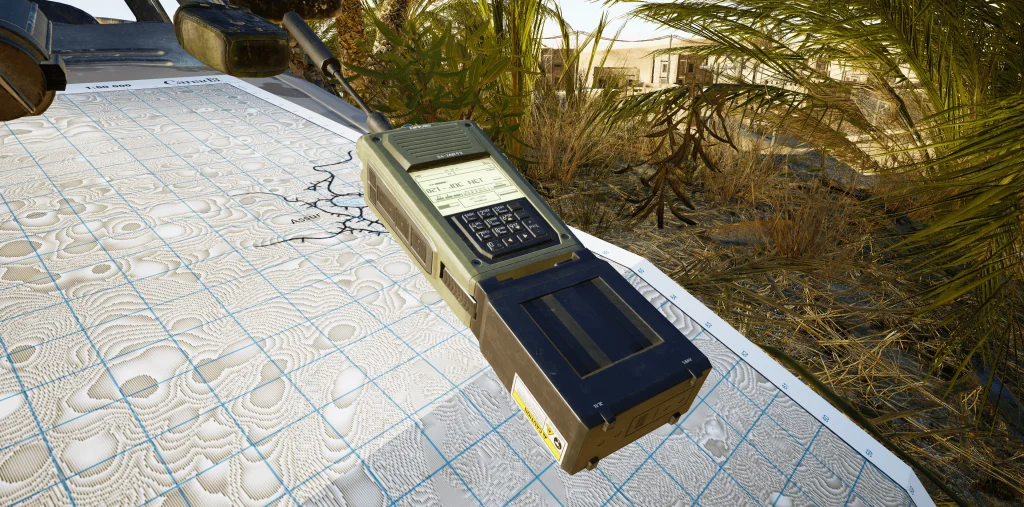
The Customer

The Challenge
The challenge was to develop a new immersive training solution that integrates automated voice recognition technology into a virtual reality experience, where the trainee also manipulates tools. The trainee uses tools and equipment such as maps, binoculars, radios and a laser range finder to determine the exact location of targets and to designate the target in the case of precision-guided munitions. The trainee also must memorize complex radio procedure as part of the callfor-fire process.

The Solution
The JTAC trainer guides the trainee through the scenario, including detailed synthetic terrain, an overview of the enemy situation, proximity of friendly forces and civilians, and a summary of the weapons systems available for the mission. With audio and visual briefing, the trainee establishes a clear sense of the context.

The trainee then communicates with friendly forces and airspace coordination to initiate the process of calling for fire. The calling-for-fire process has specific lexicon and phrasing terminology. TASR understands human speech and provides automated responses to the trainee. This simulates conversation between the trainee and fire coordination personnel, from air traffic control and attack aircraft pilots for air strikes.

The Results
With failure states included in the trainer, when trainees make mistakes on voice procedure or errors in judgement they will be notified. This is vital to showing trainees where they made either procedural mistakes or where they made errors in judgement. This real-time feedback gives trainees positive reinforcement when they deliver fire according to procedures and where they make mistakes. This rapid feedback provides an immediate opportunity to halt the scenario and have the instructor guide the trainee where they made mistakes so they can learn from them.
The JTAC trainer approach and technology can be re-purposed for any individual training scenario. No matter the occupation and role that a military customer is preparing for, Calian’s VR solution with TASR voice recognition provides a rich training experience for voice procedure, judgement and decision-making for the application of weapons systems.
